Overview of the history of the Serbian Air Force
In 1914, the First World War began. At this point, Serbia had only 6 pilots, 4 aircraft and 2 aerostat at its disposal. After the evacuation of the Serbian army to Corfu and its transfer to the Solunsky front, the personnel of the Serbian aviation came under the patronage of British and French colleagues. Many volunteers were sent to study in France. The park was replenished with the aircraft of the Entente countries, the structure of the Air Force was streamlined, and combat squadrons were first designed. From 1916 to 1918, right up to the end of the war, Serbian pilots at the front made more 3000 sorties and made a significant contribution to the liberation of the Motherland.
30 September 1915, a Serbian artillery shot down an Austro-Hungarian aircraft over Kragujevac. After that, King Alexander I Karageorgievich announced this date as the day of air defense.
After the liberation of Serbia from the Austro-German occupation, its aircraft began to develop dynamically. Airfields and barracks were built, funds for training pilots and theoretical research began to be gradually allocated. The Air Force of the Kingdom of Serbs, Croats and Slovenes was a part of the Air Force, which was joined by many pilots of the former Austro-Hungarian army, who were from among the South Slavic peoples. 1918 to 1921 Serbian aircraft participated in the battles on the border with Albania. However, as a rule, they conducted reconnaissance flights without taking direct part in hostilities.
In 1923, naval aviation was withdrawn from the Air Force and reassigned the fleet. In 1927, the formation of aviation regiments began, including 2-3 groups of aircraft. In 1930, the enlargement of the existing units took place - the regiments were combined into aviation brigades. During this period, the aircraft fleet began to replenish thanks to the acquisition of new copies abroad, and after some time, domestic-made aircraft began to enter service. They were produced in small batches, but made up a significant percentage of the aircraft used by the army.
Before World War II, the Air Force of the Kingdom of Yugoslavia used such domestic-made aircraft as Ikarus IK-2, Rogozharski IK-3, Rogozharski-PVT, Rogozharski P-100, and the SIM and Zmac aircraft. Besides these were numerous were the French Breguet Bre 19 and Potez 25, the German Dornier Do 17 K and Messerschmitt Bf 109E, the British Hawker Hurricane, Hawker Fury Mk.II and Bristol Blenheim Mk.I, Italian Savoia-Marchetti SM79 etc. .
6 April 1941, around 05: Morning local time, 00, Germany and its allies launched an invasion of Yugoslavia. Within an hour and a half, the Luftwaffe made the first raid on Belgrade. In the sky over the Yugoslav capital, air battles began. Despite the qualitative and quantitative superiority of the German aviation, the pilots of the Royal Air Force continued to fight until the surrender of the country 17 April. They managed to carry out several bombardments of enemy airfields on the territory of Austria, Hungary and Bulgaria, as well as to make many sorties to attack German columns moving from Bulgaria. From the actions of the Yugoslav Air Force and Air Defense Germany and Italy lost more than 50 aircraft. It should be noted that the activity of the Yugoslav Air Force was complicated by the massive desertion of pilots who were from Slovenia and Croatia. Some of them were correcting the actions of German aviation and sabotage.
On the territory of Yugoslavia, divided between the Axis countries and the puppet Nazi Croatia, a powerful partisan movement was born, the basis of which was Serb royalist chetniks and communist guerrillas under the leadership of Broz Tito. 21 May 1942 from the formations of Nazi Croatia deserted two crews that landed on their planes in the territory controlled by the partisans. On this day the partisans created their own air force. During the war, they were replenished with deserters from the armies of Croatia, Italy and Germany, and since 1944, the fleet has expanded thanks to airplanes left by German and Croatian troops during retreats. At the same time, the USSR began the transfer of several aircraft to the partisans, and on September 21, 1944 was launched to form two air divisions. Until the end of the Second World War, the Soviet Union handed over a large number of aircraft and spare parts to the Yugoslav forces.
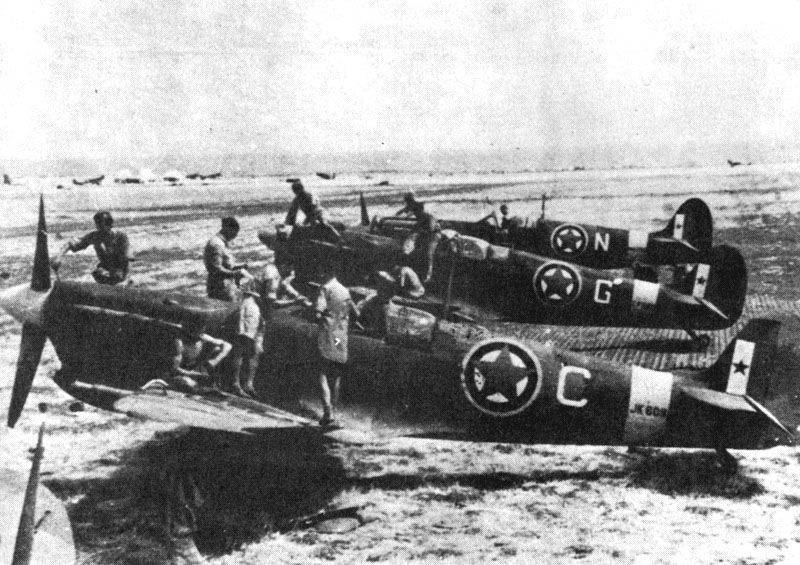
After the war, the armed forces of Yugoslavia were transformed into the Yugoslav People's Army. Because of the conflict between Tito and Stalin, Yugoslavia stopped receiving Soviet-made equipment and therefore began developing its own aircraft manufacturing industry. During this period, purchases of British and American equipment were carried out, but soon they began to replace aircraft manufactured in Yugoslavia. Actively developed and improved the training of pilots and technicians.
The normalization of relations with the Soviet Union, which began several years after Stalin’s death, allowed Belgrade to replenish its fleet with Soviet products. In 1957, IL-14 was acquired, in 1960 - Mi-4, in 1962 - MiG-21, in 1968 - Mi-8, etc. However, domestic aircraft were the basis of the country's military aviation. Factories "SOKO" in Mostar, "Utva" in Pancevo, "Ikarus" in Zemun supplied a significant number of fighters, attack aircraft, transport aircraft. By the time of the dissolution of the Socialist Federal Republic of Yugoslavia in 1991-1992. the basis of the aviation fleet was made up of MiG-21 and MiG-29 fighters, combat training Utva-75, SOKO G-2 Galeb, SOKO G-4 Super Galeb, attack aircraft ур-21 Spar and Ј-22 Orao. The main helicopters were produced under the French license SOCO Gazel and the Soviet Mi-8. All of them were organized in 3 corps of the Air Force and Air Defense, consisting of brigades and wings.
In 1991, Yugoslavia began to fall apart. Slovenia and Croatia, which were part of it as the Union Republics, declared independence. Following them, Macedonia and Bosnia and Herzegovina separated. And if Macedonia separated itself completely peacefully, and in Slovenia, fighting with units of the federal army lasted only about a week, then full-scale ethnic conflicts began in Croatia and Bosnia. In 1991, Croatia began the process of creating its own army. As for 50 years before, in 1941, Croatian soldiers massively deserted from the ranks of the Yugoslav army. They also hijacked several MiG-21 aircraft. The Croatian government, taking the course of secession, led a discriminatory policy towards the Serbs, who lived compactly in the areas bordering Bosnia. The Yugoslav army rose to their defense. The fighting between the Serbs and the Yugoslav army on the one hand and the Croatian formations on the other went right up to a truce in the 1992 year. During this time, Yugoslav aviation conducted a significant number of sorties, mainly to attack Croatian positions. In this case, the Croatian air defense forces shot down several aircraft and helicopters. When the 1992 of the year began in the spring and the war in Bosnia and Herzegovina, the Yugoslav army left the republic, leaving some of the planes and helicopters to Bosnian Serb forces.
After the collapse of the country, only Serbia and Montenegro remained within the framework of Yugoslavia. They no longer had the same financial and production capacity, and therefore the country's air force began to rapidly deteriorate. Pilot training has been reduced to a minimum, there were not enough spare parts for airplanes and helicopters. Many combat units were reduced. In such a situation, the Yugoslav aviation met with an attack from NATO.
In 1999, NATO aggression caused enormous damage to both Yugoslavia and its air force. Yugoslav pilots continued to perform combat missions despite the overall superiority of the aircraft of the North Atlantic Alliance. In the air battles many planes were lost, some were destroyed at airfields and in shelters. Of the 16 most advanced MiG-29, the Yugoslav Air Force lost 11. However, even in such conditions, the Yugoslavs continued their sorties to attack the positions of Albanian militants in Kosovo and Metohija, mainly on Ј-22 Orao planes. In that war, the Air Force and Air Defense of Yugoslavia scored several victories, of which NATO recognized two - shooting down the “invisible” F-27 Night Hawk and 117 in May F-2 Fighting Falcon March 16. It should be noted that they were shot down not in a battle in the air, but by units of the 250 th air defense brigade.
After the end of hostilities, the command of the Air Force and Air Defense conducted a reduction in combat units and began to repair the surviving bases and airfields. In 2003, the Army of Yugoslavia was renamed the Army of Serbia and Montenegro. And when in 2006, Montenegro declared independence on the basis of the referendum, the army of the once united country ceased to exist. Of the units located on its territory, Serbia and Montenegro formed a new armed forces, while almost the entire fleet of aircraft and helicopters was in Serbia. Montenegro has only 15 training and combat SOKO G-4 Super Galeb, several training UTVA-75 and about 20 Gazela and Mi-8 helicopters. All of them were previously part of the 172-th aviation brigade, stationed at the airfield Golubovtsi.
Serbia was in a much better position. Not only the vast majority of aerodromes and subdivisions remained in its territory, but also training centers, production facilities, etc. As of 2014, the Serbian Air Force had numbered 175 aircraft and 79 helicopters. However, a significant part of them are not suitable for flights, as they need major repairs. Organizationally, the Air Force and the Air Defense Force consist of the Headquarters, two aviation brigades (98 and 204), the 250 air defense brigade, the 126 air surveillance brigade, etc.
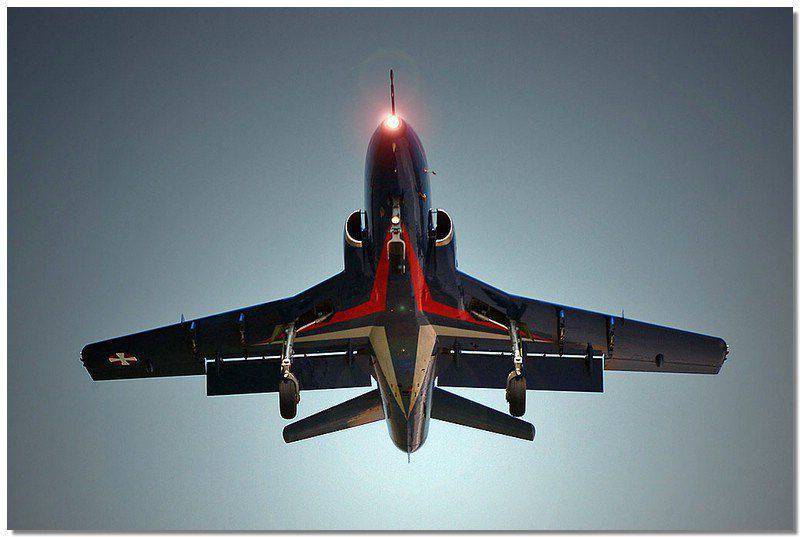
Currently, the Air Force and Air Defense of Serbia are at the stage of modernization, repair of the aircraft fleet and the choice of replacing the MiG-21 and MiG-29 fighters. The candidates were Russian MiG-35 and Su-30MK, Swedish JAS-39C, American F-16C, French Rafale, etc. The development of the Serbian economy contributed to an increase in the country's defense budget. Due to this, the average flight time of Serbian pilots has increased from 20 to 30 hours per year, and the pilots themselves are now included in the system of international exchange and training. In 2008, four MiG-29s were upgraded in Russia. In 2014, the battery life expired, while the Serbian Ministry of Defense did not find funds for their urgent acquisition. The situation was corrected by the personal intervention of Russian President Vladimir Putin. Under his order, a batch of batteries and spare parts was sent from Russia, thanks to which Serbian fighters resumed flying.
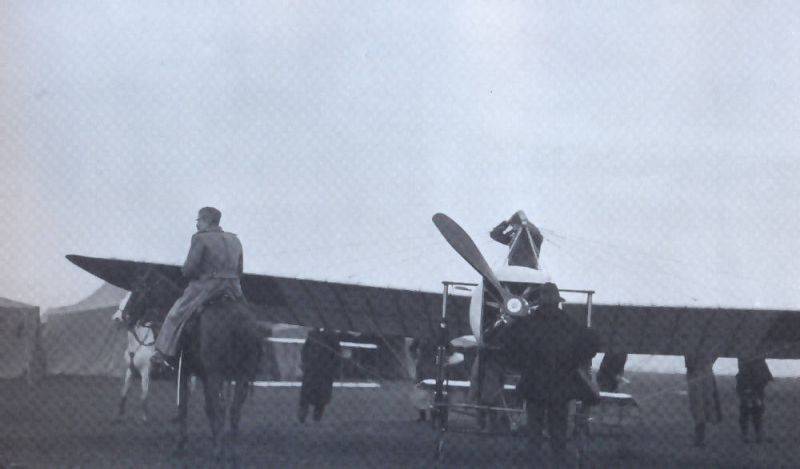
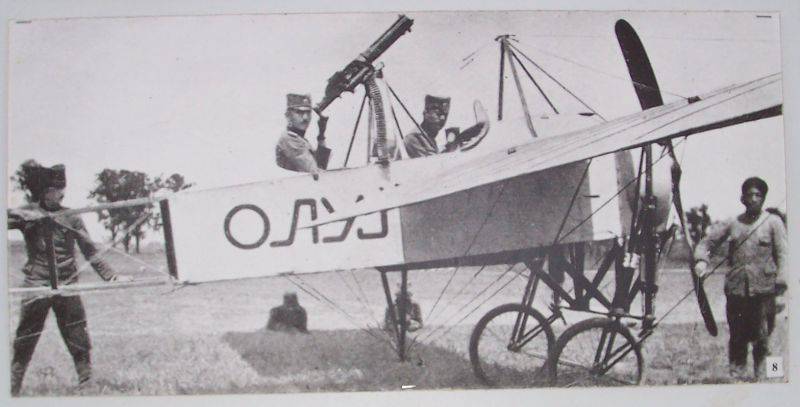
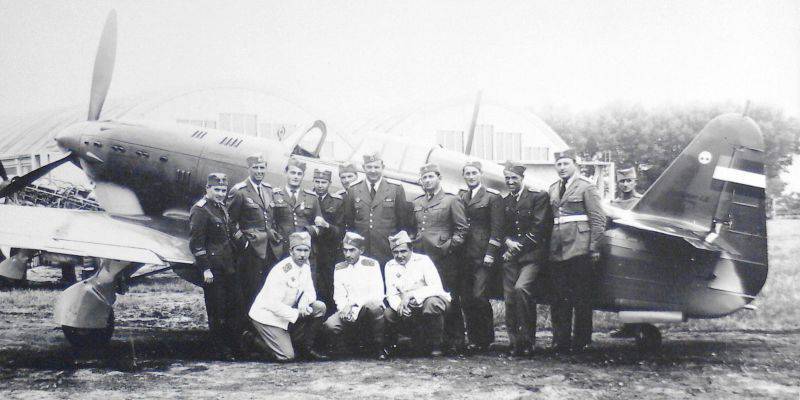

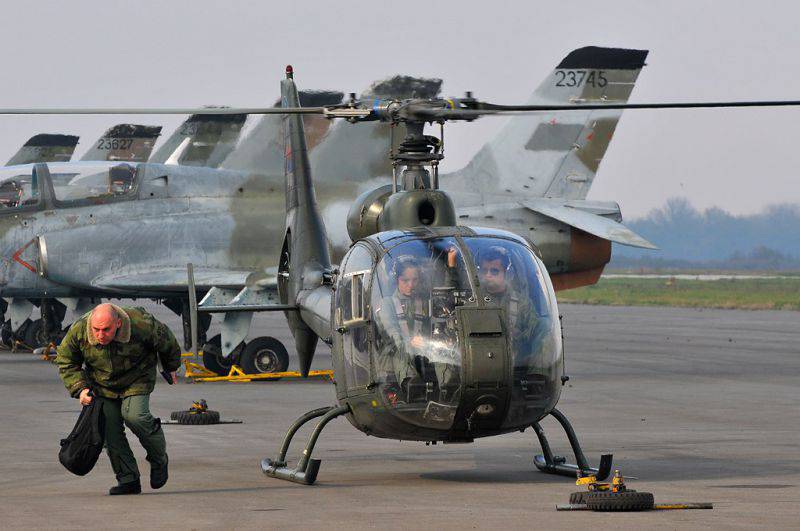
Information